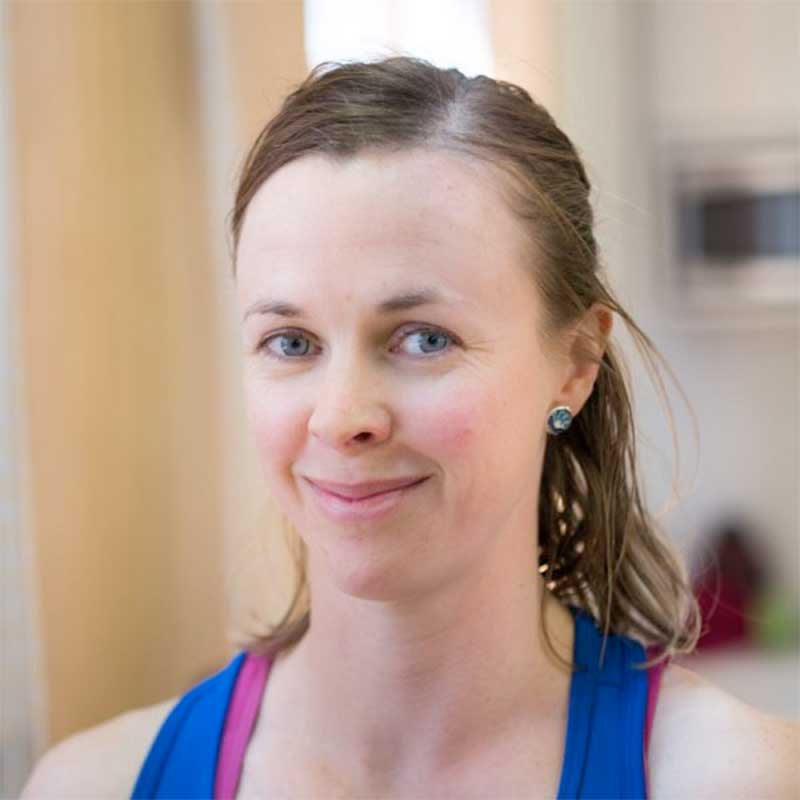
Reflections on Passing my Iyengar Yoga Introductory
On the 7th of May, this year I received the news by the Iyengar assessment panel that I had passed my Introductory Level Iyengar yoga assessment, I responded with tears of relief. The possibility of not passing the assessment had felt very real, I had participated in previous Iyengar Yoga assessments volunteering as a mock student in the past, so I had seen how daunting the process could be and I had heard that many trainee teachers failed their assessment for various reasons, such as their practice being floppy and out of alignment or their teaching skills being too casual and not up to the Iyengar standard.
What appealed to me previously about undertaking Iyengar yoga teacher training was the high-quality standards of the learning. I had previously done a six month Hatha Yoga teacher training course and I felt the standard for people passing this course was at a far lower level. People were becoming yoga teachers after completing that course when they hadn’t deeply practised or mastered essential poses such as Sirsasana (headstand) or Salamba Sarvangasana (shoulderstand).
The Iyengar assessment process consisted of submitting assignments and practising a set yoga sequence in a small, carpeted yoga studio in Melbourne, (we really do have a lovely, spacious yoga studio in Ballarat, with good flooring) with eight other trainees, including Cara from Ballarat Iyengar Yoga. Cara and I agreed later that it felt very squashy for us country girls to practice in this studio. The practice sequence included standing poses, inversions, back bending poses, twisting poses, forward bending poses and pranayama. This practice took approximately two hours and 15 minutes to complete.
The practice part was observed closely by three senior Iyengar teachers, Shayna was at our assessment as well but her role was to observe and assess other trainee students from Melbourne and surrounds. The practice session felt overwhelming, the senior teachers walked around the room studying us closely, it felt like the teachers would miss nothing, all flaws in practice would be exposed.
I certainly felt tense and nervous for most of the practice and was glad that I didn’t fall over with the challenge of the unfamiliar floor surface, another trainee student being extremely close by and the sun shining in my eyes through the nearby window. I relaxed a little when it came to the Pranayama section where we could lie down, close our eyes and be more inward. Before going for assessment Cara and I had had practised the assessment sequence every Friday for about six months, I felt grateful for this as it was needed to be able to know the sequence intimately.
The teaching segment of the practice included teaching 5 poses (including Sirsasana and Salamba Sarvangasana and Halasana) to a mock class of eight volunteer students for 30 minutes. Prior to the teaching segment we received two poses 30 minutes before hand that we would then teach. I was given the standing pose Parivrtta Trikonasana (reverse triangle) and the seated twisting pose, Ardha Matseyendrasana 1. When I received these poses my first thought was, “Shit!”. I didn’t feel that these poses were particularly easy for me to practice, let alone to teach. I seemed to get through the teaching session fairly well. I didn’t fall out of Parivrrta Trikonasana when demonstrating it which was my biggest fear and I felt like I applied some of the knowledge gained through the previous teacher training weekends and teaching experience I have.
Once the practice and teaching segment of the assessment weekend was complete, we had to wait until the next day, Sunday, to hear if we had passed our assessment. This felt like a very long time to wait, a good practice in learning to be more patient. On the Sunday, all nine teacher trainees where taken upstairs one by one to hear the verdict, when I received feedback from the Iyengar teachers and the news that I had passed my assessment I felt very emotional, I couldn’t stop the tears, (Cara had predicted I would cry when I received the news, but I didn’t think I would). It felt like everything had been leading up to this moment of passing or failing, hours of home practice, class practice and teacher training weekends, teaching practice, assignment writing and reading, revising and more revising. My husband often joked during the time leading up to the assessment weekend that doing Iyengar Yoga teacher training is like doing your PhD of Yoga, I think he may be right although I feel like the saying, “The more you learn the more you realise how much you don’t know” applies to my teaching and practising in Iyengar yoga.

